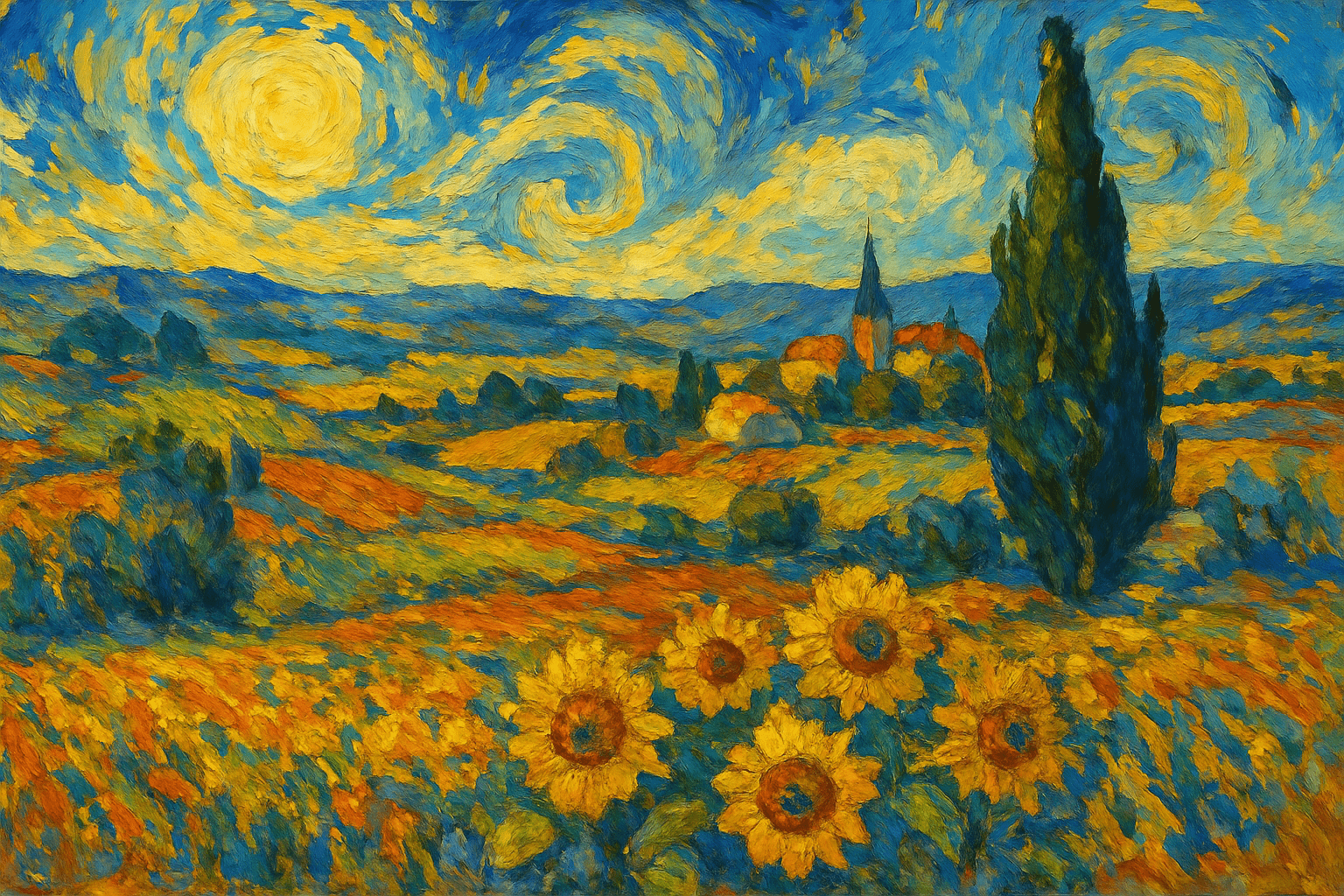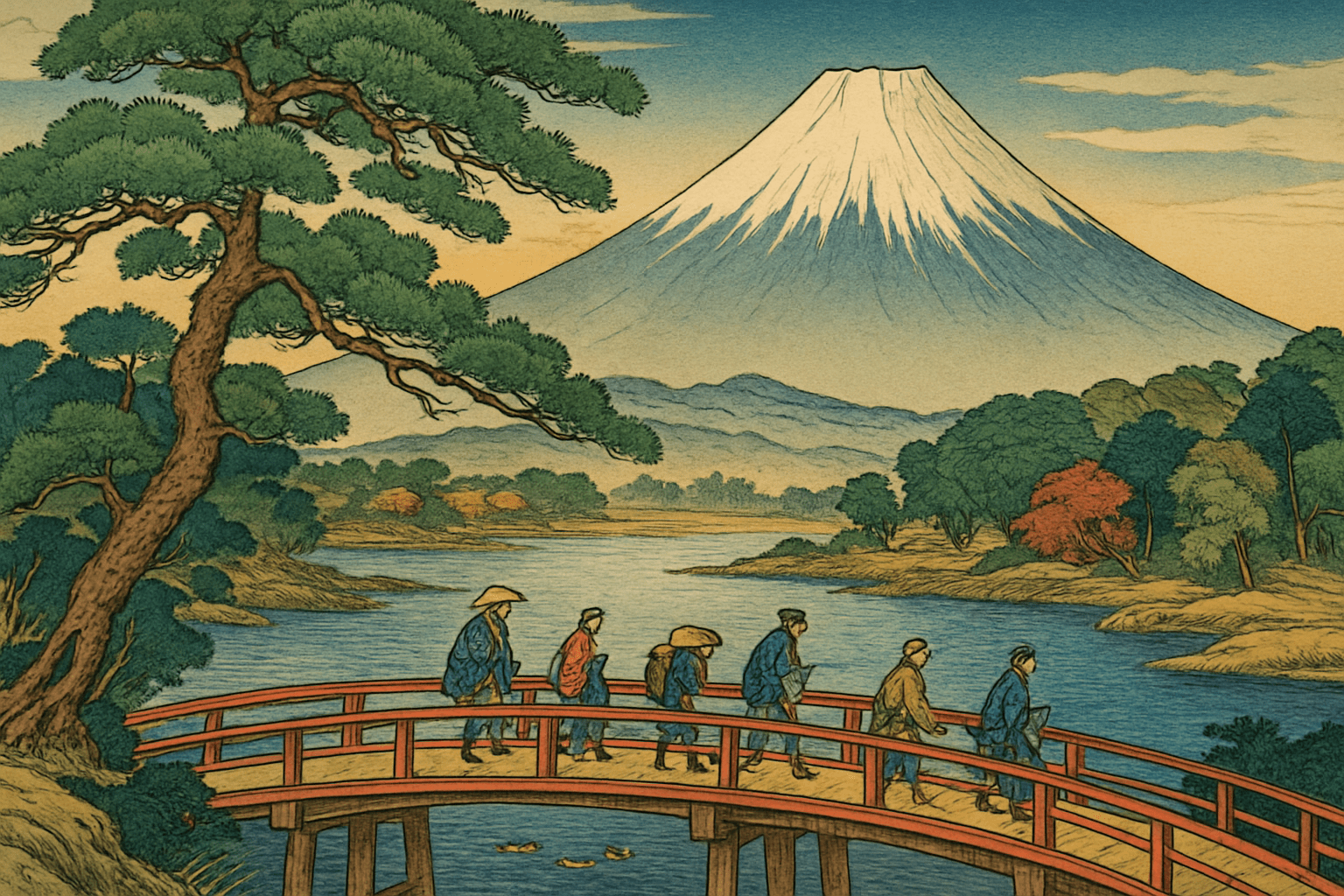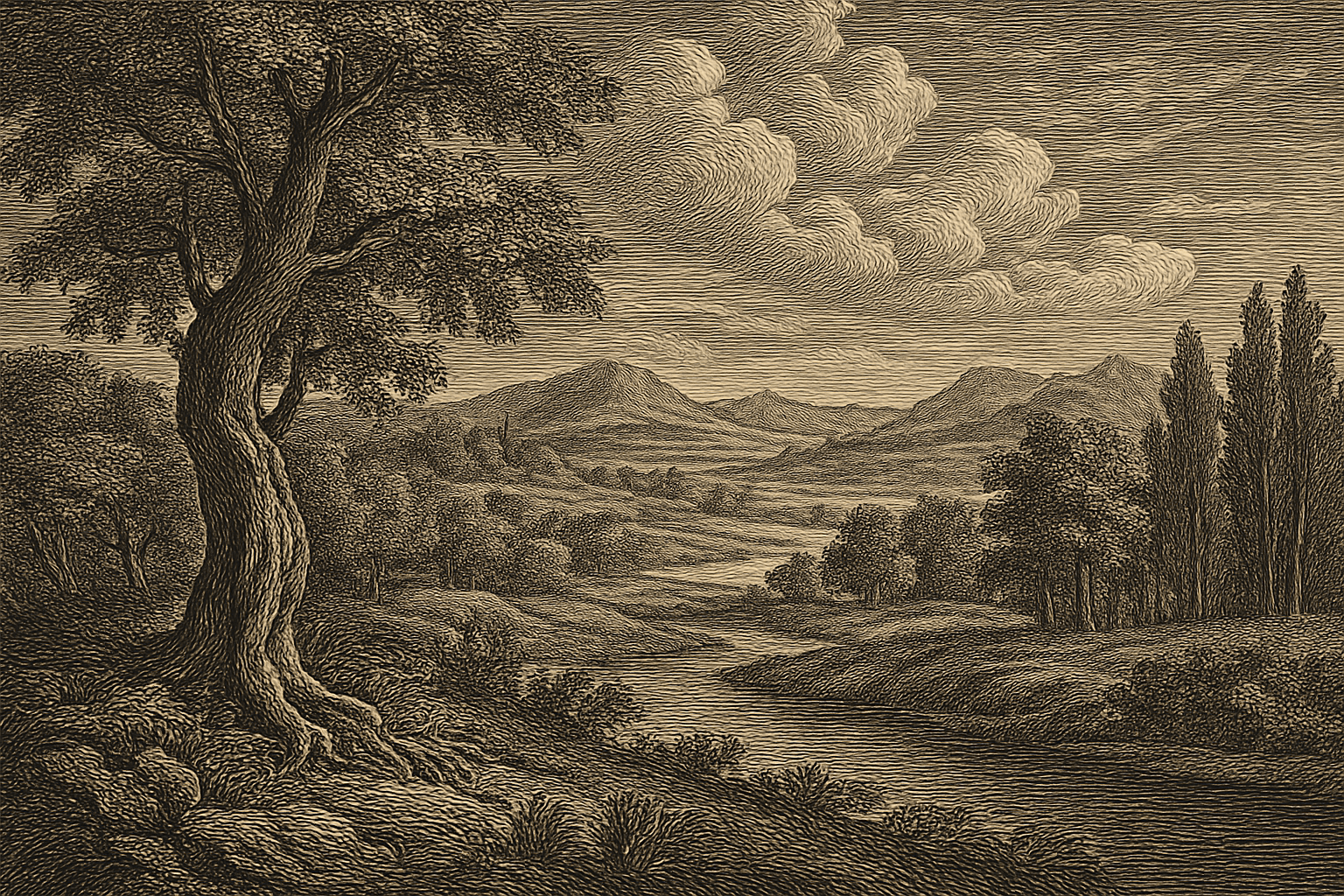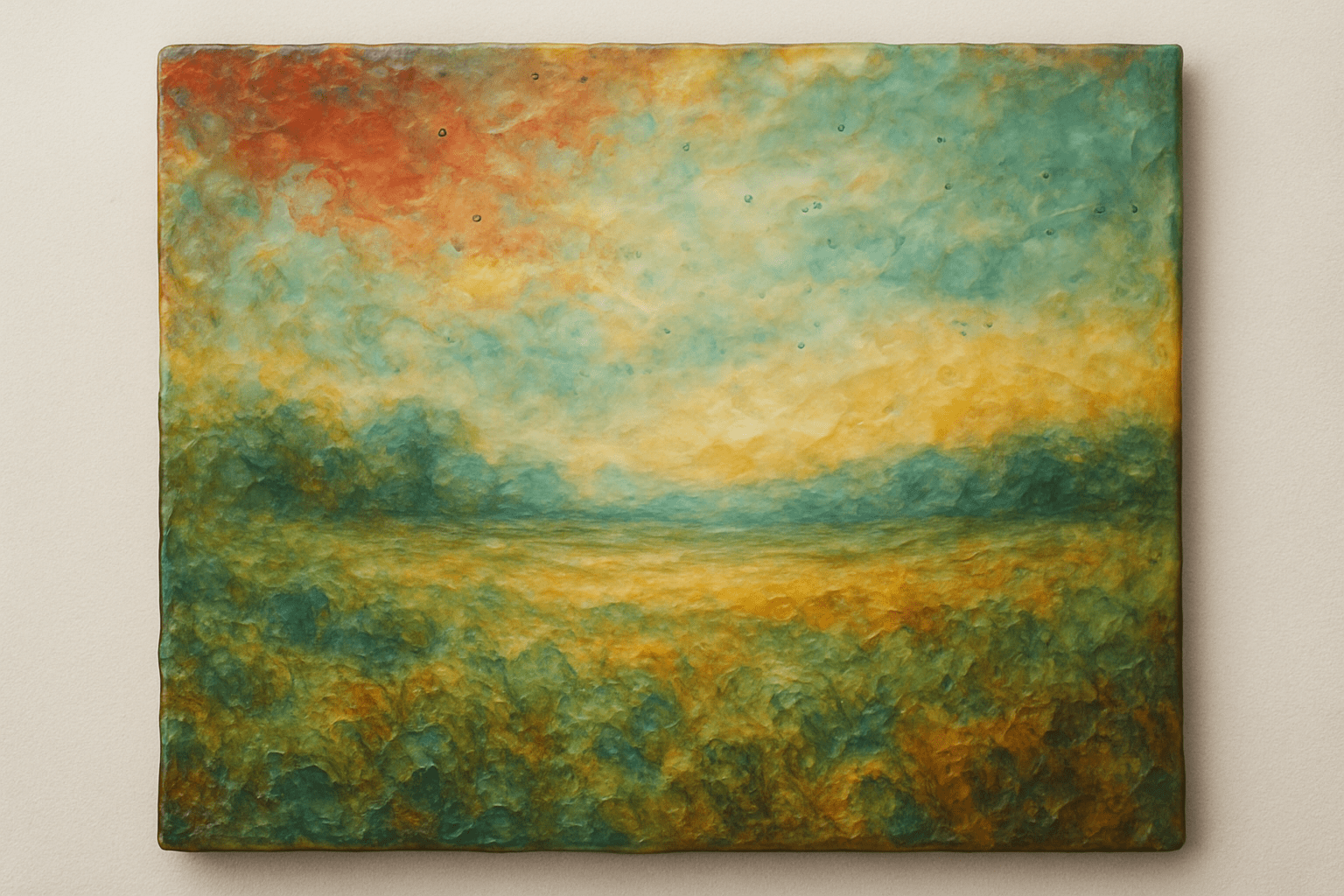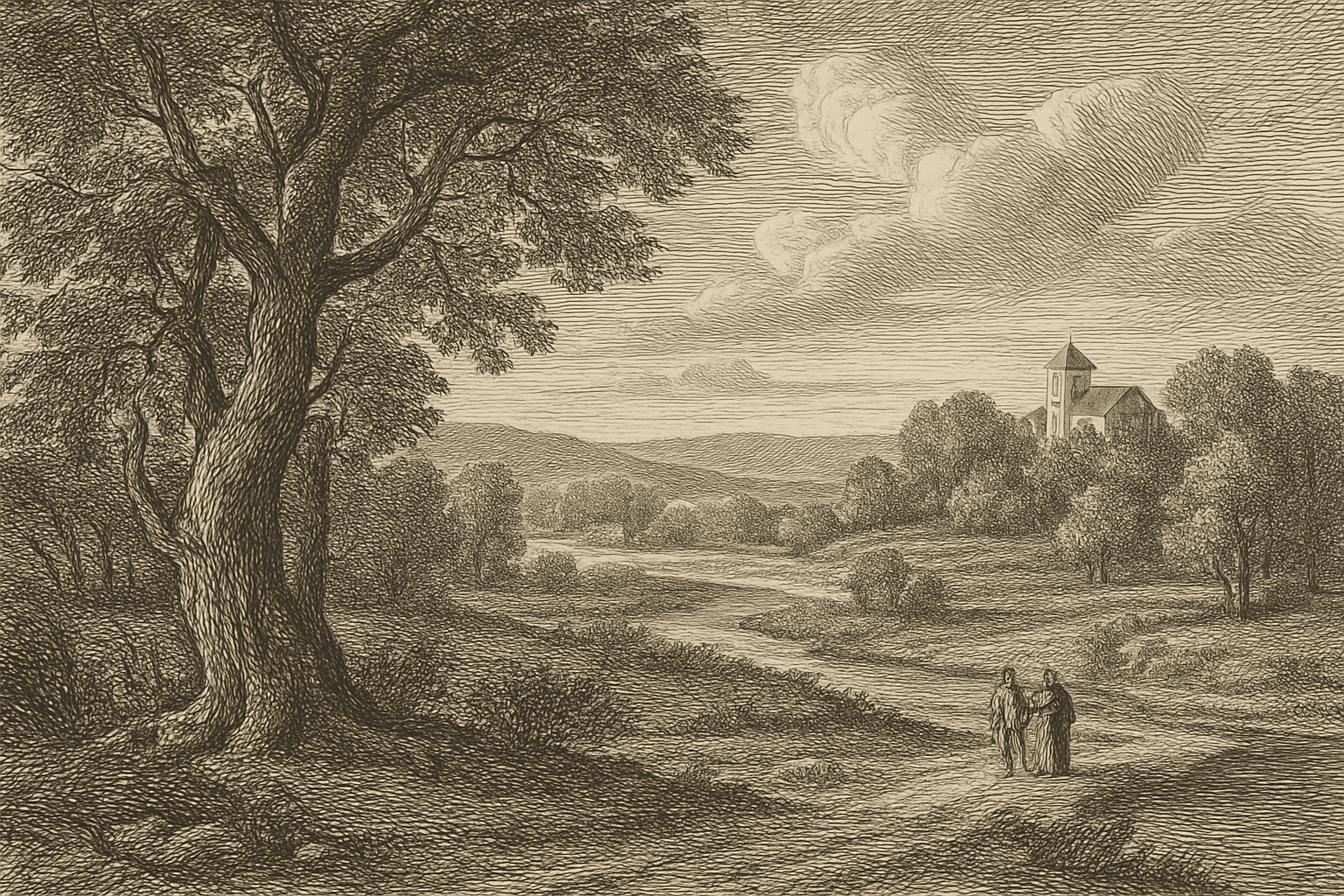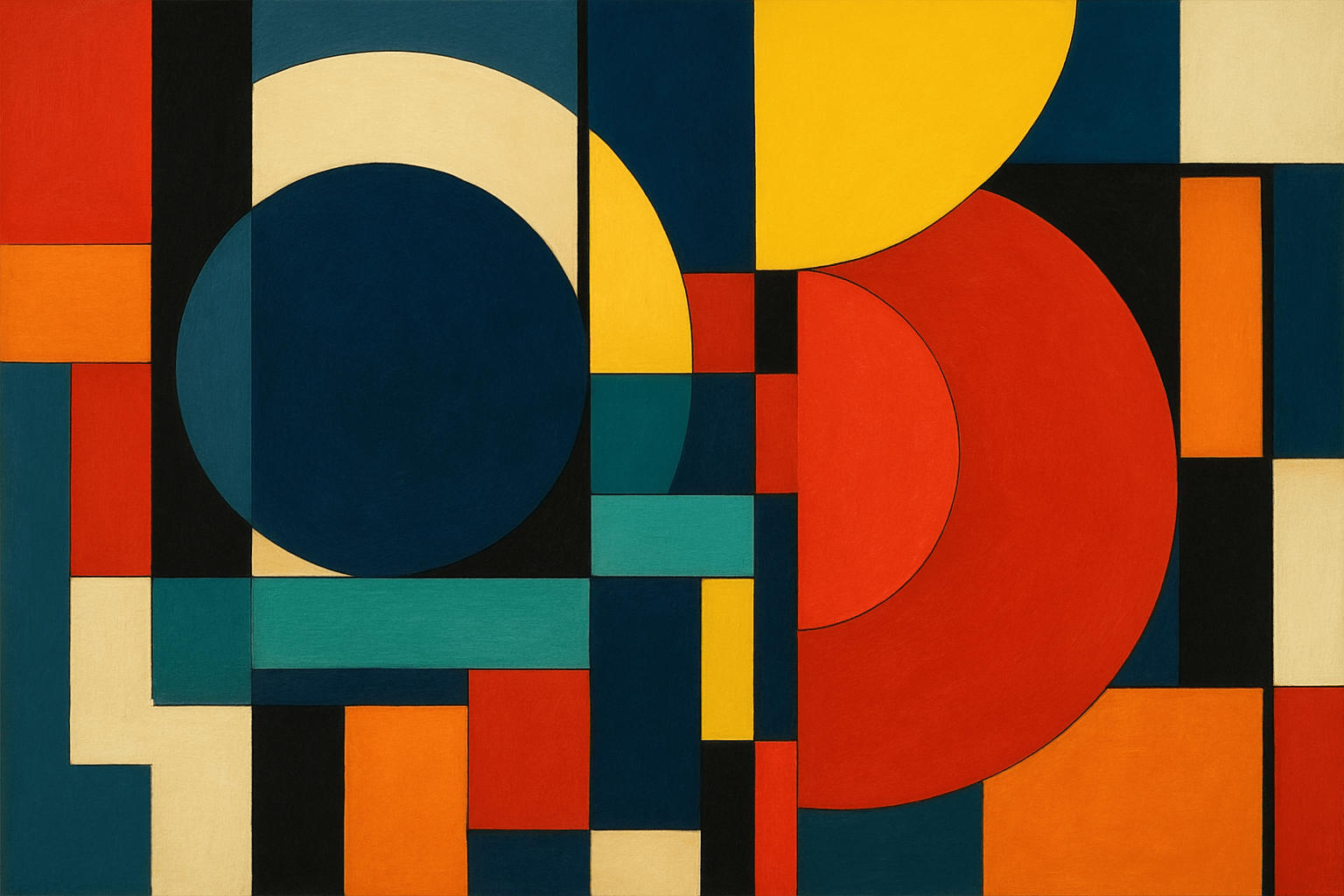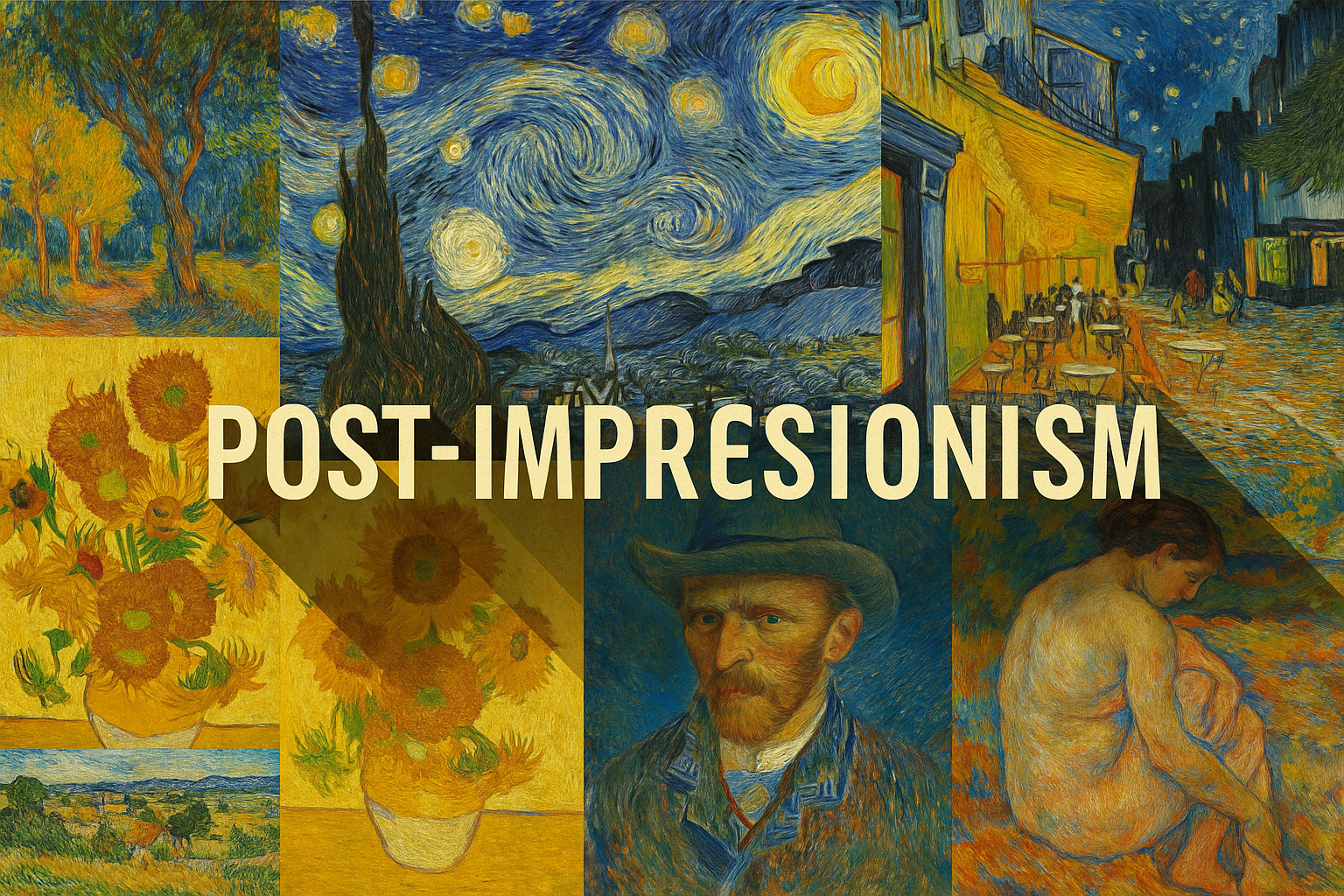
Post-impressionism
The visual appearance of the art style Post-impressionism is characterized by bold and expressive brushstrokes, often in bright and contrasting colors. The artists of this movement were interested in capturing the immediacy of their impressions, and so the paintings often have a feeling of spontaneity and movement.
AOI thinking about Post-impressionism [+_~]-/
Overview and Quickfacts
Post-impressionism is a term used to describe the reaction of certain artists to the Impressionist movement. These artists, who included Paul CÃÂézanne, Georges Seurat, Vincent van Gogh, and Paul Gauguin, sought to express their own ideas through their art, rather than simply record their impressions of the world around them. As a result, they developed a range of techniques that were sometimes at odds with the ImpressionistsÃÂàemphasis on naturalism. Nevertheless, the work of these artists helped to shape the course of modern art.
Can understand it also, as:
Post-Impressionism, Neo-Impressionism, Divisionism, Pointillism
Categorize it as:
Impressionism, Modernism
.: Dreaming :.
holds a HAIKU for the art style
:. Thought is power .:
Detailed Description
Post-impressionism is a term used to describe the reaction of certain artists to the Impressionist movement. These artists were dissatisfied with what they saw as the superficiality of Impressionism and sought to convey deeper emotions and ideas in their work. They often used bolder colors and more expressive brushstrokes than the Impressionists, and their compositions were often more complex. Some of the most famous post-impressionist artists include Paul CÃÂézanne, Vincent van Gogh, Paul Gauguin, Georges Seurat, and Henri de Toulouse-Lautrec. One of the most famous post-impressionist paintings is van Gogh’s “Starry Night.” This painting is characterized by its intense colors and swirling brushstrokes.
.. beep, beep, beep ..
<START OF TRANSMISSION>
1. Post-impressionism is a term used to describe the reaction of certain artists to Impressionism. 2. These artists were dissatisfied with what they saw as the superficiality of Impressionism. 3. They believed that the Impressionists had not gone far enough in their exploration of color and form. 4. Post-impressionists sought to express their own unique visions. 5. They were not interested in painting a realistic representation of the world. 6. Instead, they wanted to capture their own emotions and ideas. 7. Post-impressionists were influenced by a variety of sources, including the work of Paul CÃÂézanne, Paul Gauguin, Vincent van Gogh, and Georges Seurat. 8. CÃÂézanne was particularly important in the development of Post-impressionism. 9. His work emphasized the use of geometric forms. 10. Gauguin was another important influence. 11. He was interested in the use of color to express emotions. 12. Van Gogh was another major influence. 13. His work was characterized by bold, expressive brushstrokes. 14. Seurat was the final major influence. 15. He developed a technique known as pointillism, in which small dots of color are used to create a larger image. 16. Post-impressionism is often seen as a bridge between Impressionism and later movements, such as Cubism and Fauvism. 17. The Post-impressionists were not a unified group. 18. They worked independently of each other. 19. Post-impressionism was short-lived, lasting only from the late 1880s to the early 1900s. 20. However, the impact of Post-impressionism was far-reaching.
<EOF>
.. robbel bob
Visual Examples from our image gallery
Coming soon, we are so slow .. might never come
Artists, Paintings, and more
(be aware, can be highly speculative)
Artists (be aware, speculation possible):
1. Paul CÃÂézanne (1839-1906) 2. Vincent van Gogh (1853-1890) 3. Georges Seurat (1859-1891) 4. Paul Gauguin (1848-1903) 5. Henri de Toulouse-Lautrec (1864-1901) 6. Camille Pissarro (1830-1903) 7. Pierre-Auguste Renoir (1841-1919) 8. Claude Monet (1840-1926) 9. Edvard Munch (1863-1944) 10. Georges Braque (1882-1963) 11. AndrÃÂé Derain (1880-1954) 12. Maurice de Vlaminck (1876-1958) 13. Kees van Dongen (1877-1968) 14. FrantiÃÂÃÂek Kupka (1871-1957) 15. Amedeo Modigliani (1884-1920) 16. Pablo Picasso (1881-1973) 17. Wassily Kandinsky (1866-1944) 18. Henri Matisse (1869-1954) 19. Chaim Soutine (1893-1943) 20. Max Beckmann (1884-1950) 21. Ernst Ludwig Kirchner (1880-1938) 22. Emil Nolde (1867-1956) 23. Oskar Kokoschka (1886-1980) 24. James Ensor (1860-1949) 25. Edward Hopper (1882-1967) 26. Georgia O’Keeffe (1887-1986) 27. Joseph Cornell (1903-1972) 28. Max Ernst (1891-1976) 29. RenÃÂé Magritte (1898-1967) 30. Salvador DalÃÂà(1904-1989)
Artworks (be aware, speculation possible)
1. The Starry Night – Vincent van Gogh (1889) 2. The Scream – Edvard Munch (1893) 3. Sunrise, Montmartre – Pierre-Auguste Renoir (1886) 4. The Bedroom – Vincent van Gogh (1888) 5. L’Absinthe – Edgar Degas (1876) 6. The Yellow House – Vincent van Gogh (1888) 7. The Dance Class – Edgar Degas (1874) 8. The CafÃÂé Terrace at Night – Vincent van Gogh (1888) 9. The Sower – Vincent van Gogh (1888) 10. The Postman Joseph Roulin – Vincent van Gogh (1889) 11. The Potato Eaters – Vincent van Gogh (1885) 12. The Parsonage Garden at Nuenen in Spring – Vincent van Gogh (1884) 13. The Parsonage at Nuenen in the Snow – Vincent van Gogh (1884) 14. The Parsonage at Nuenen in the Spring – Vincent van Gogh (1884) 15. The Parsonage at Nuenen in the Winter – Vincent van Gogh (1885) 16. The Parsonage at Nuenen in the Spring – Vincent van Gogh (1884) 17. The Parsonage at Nuenen in the Summer – Vincent van Gogh (1885) 18. The Parsonage at Nuenen in the Fall – Vincent van Gogh (1885) 19. The Parsonage at Nuenen in the Winter – Vincent van Gogh (1885) 20. The Parsonage at Nuenen in the Spring – Vincent van Gogh (1884) 21. The Parsonage at Nuenen in the Summer – Vincent van Gogh (1885) 22. The Parsonage at Nuenen in the Fall – Vincent van Gogh (1885) 23. The Parsonage at Nuenen in the Winter – Vincent van Gogh (1885) 24. The Parsonage at Nuenen in the Spring – Vincent van Gogh (1884) 25. The Parsonage at Nuenen in the Summer – Vincent van Gogh (1885) 26. The Parsonage at Nuenen in the Fall – Vincent van Gogh (1885) 27. The Parsonage at Nuenen in the Winter – Vincent van Gogh (1885) 28. The Parsonage at Nuenen in the Spring – Vincent van Gogh (1884) 29. The Parsonage at Nuenen in the Summer – Vincent van Gogh (1885) 30. The Parsonage at Nuenen in the Fall – Vincent van Gogh (1885)
Epoch
The time period of the art style Post-impressionism is from the late 1800s to the early 1900s.
AI ART RESSOURCES (AKA, well Tools)
Helping tools -> predefined search links on other pages:
